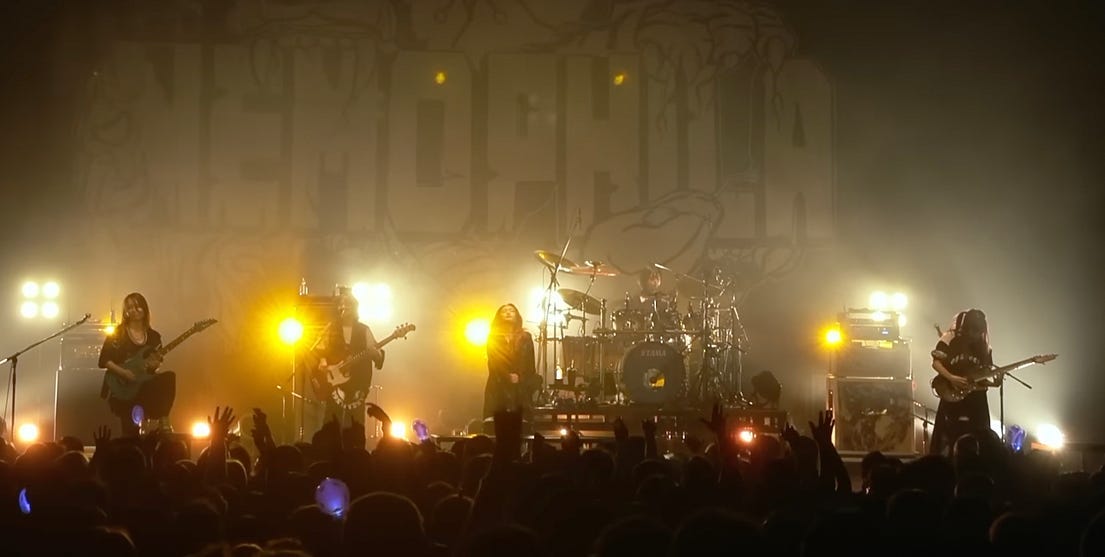What does the term “ballad” conjure up for you? The word (from the French “ballade”) goes back a long time and, at this point, is used for a lot of different things.
I used to think of it as a traditional folk song with several verses that told a story — Pete Seeger was perhaps the archetypical modern balladeer. Turns out that was roughly the original definition, but things have evolved since then.
These days, many folks use the term to refer to any sappy romantic song — which sort of covers a LOT of popular songs! It can also be a song that mourns a dead friend or lover (think Elton John’s “Daniel” or Roy Orbison’s “In Dreams”) or ponders life’s mysteries (the Irish folk song “Carrickfergus” of Fleetwood Mac’s “Dust”). Most of the pop and rock songs that have had lasting popularity are ballads — humans are sentimental creatures, after all.
Ballads used to be simple and stripped back, for the most part. Picture someone in workaday clothing strumming an acoustic guitar. Medieval minstrels sometimes performed a cappella — without instruments. But no rule says a ballad has to be minimalist. Opera and rock proved ballads could also be big and even grandiose.
After all, what is “Stairway to Heaven” if not big and grandiose?
Zeppelin, Judas Priest, Metallica, and Queen, among others, all showed us how it’s done. I’ve got to say; it is shiver-inducing when a band that can go so hard dials things back and channels all that power into a moment of vulnerability.
As a band, Nemophila are children of the pandemic. They began jamming together in 2019 and only formally decided to make a go of it as a band in 2020, just as the world was shutting down. Despite the challenges of isolation and loneliness, they have been remarkably prolific. In the short time they have been a group, they put out dozens of metal covers of pop songs and two albums worth of original songs.
If you haven’t heard Nemophila before, they are a band of virtuoso musicians who happen to play (very) heavy metal. I posted something in January about their March U.S. tour. I took my own advice and saw them, and they almost literally blew the roof off the place. Here’s the link to the original post:
Don’t miss the chance to see this band live
For anyone reading this column for the first time: I write mostly about women in music, and expect I will continue to do so for the foreseeable future. Here, and in my column on The Riff , I have been doing a historical look back at some of the great but under-appreciated female artists of the big-band, swing, blues and rock eras. I’ve made it to the …
When you listen to them, two things jump out: They are technically adept, and they love to go hard. But one of their early songs was a ballad, and I wondered if they would do more.
Well, here is the song I was waiting for. It is a power ballad, a beautiful, bleak, and forlorn song about lost love. This is a live performance, and the lead singer Mayu clearly puts everything into it. For those into the technical side of things, the mix is perfect: The band surrounds her in a huge cocoon of sound, yet she remains crystal clear.
The song was co-written by Saki and Hazuki, the two lead guitarists. Instead of simply strumming behind the vocals, they wrote the song as a three-part harmony with the vocals and the guitars forming a tapestry of sound. And their duet in the instrumental bridge (starting at 2:31) is breathtaking.
How did I reach here where I’m alone?
Hello, hello, hello? No one is here
満たされていたと 感じてたの
手の届くもの 並べていただけ
Now I’m no longer who I was
始めるの 今から
繰り返した 過ちも分かってる
連れて行くから 共に
No one can take my sorrow
見つけるの 自分で
何処でもない ここでこそ
生きてく I’m here
Why did I throw away who gave me love?
Gimme, gimme, gimme, there’s nothing here
満たされてみたい 一度でもいい
手が届かない 憧れだけには
気づかないフリしていただけなの
偽物で構わないからと
’Cause I know where I’m standing now
踏み出すの ここから
傷つけてた 自分にも
嘘はもう やめるから
Now I’m no longer who I was
張り裂けるような空しさにも耐えられるから
Now I can take my sorrow
見つけたの 安らぎを
本当は ここにはもうあったの
紛れもない 愛が
この手の中 抱え切れないくらい
So now I’m here
Nowhere but here
I’m not alone anymore
So now I’m here




